Directors’ trademarks is a series of articles that examines the “signatures” that filmmakers leave behind in their work. For this iteration, we are examining the works of Joseph Kosinski as director.
Joseph Kosinski is an up-and-coming filmmaker who directed this year’s biggest smash hit so far, Top Gun: Maverick. Kosinski’s path to becoming a successful major film director is actually quite different from many of his peers. For one, he never really saw himself becoming a film director when he was young. He didn’t attend film school or grow up enamored by cinema. Instead, he got his start in 3D graphics, and over time transitioned into advertising and then film.
Although his transition into the world of cinema is atypical, it does make sense given the work he had done and the knowledge he had gained along the way. He first made his mark by demonstrating an incredible ability to design and execute CGI. As films became more and more reliant on CGI, studios were looking for those who excelled in this new format and Kosinski set himself apart.
His career in feature films started with the release of Tron: Legacy in 2010, the delayed sequel to the 1982 cult film Tron. That film relied heavily on a specific CGI-heavy approach, and Kosinski’s work opened eyes even if the film wasn’t as commercially successful as Disney had hoped it would be. In 2013 he released Oblivion starring Tom Cruise, which was a moderate success, and in 2017 he released the biographical film Only the Brave. His next film was Top Gun: Maverick, which had its release delayed due to covid until 2022, but became a huge hit with audiences and critics. His latest film released in June 2022 on Netflix, called Spiderhead.
So the question posed is, if you are watching a Joseph Kosinski film and you don’t know it, what are the things to look for that would identify it as such? Here are five of Mr. Kosinski’s trademarks as director, in no particular order:
Special Effects Specialist
Kosinski originally went to school to become an architect, however, he showed proficiency in 3D modeling and pursued that instead. This would eventually lead him to film, but before he did that he cut his teeth in advertising. What eventually allowed him the opportunity to work on his first film, Tron: Legacy, was specifically his work in video game advertising. In 2006 he directed his first advertisement, which was a video used to promote Gears of War 3. After that, he released a short animation video promoting the release of Halo 3. Both of these advertisements were completely CGI and were very well received by those in the industry and fans of each franchise.
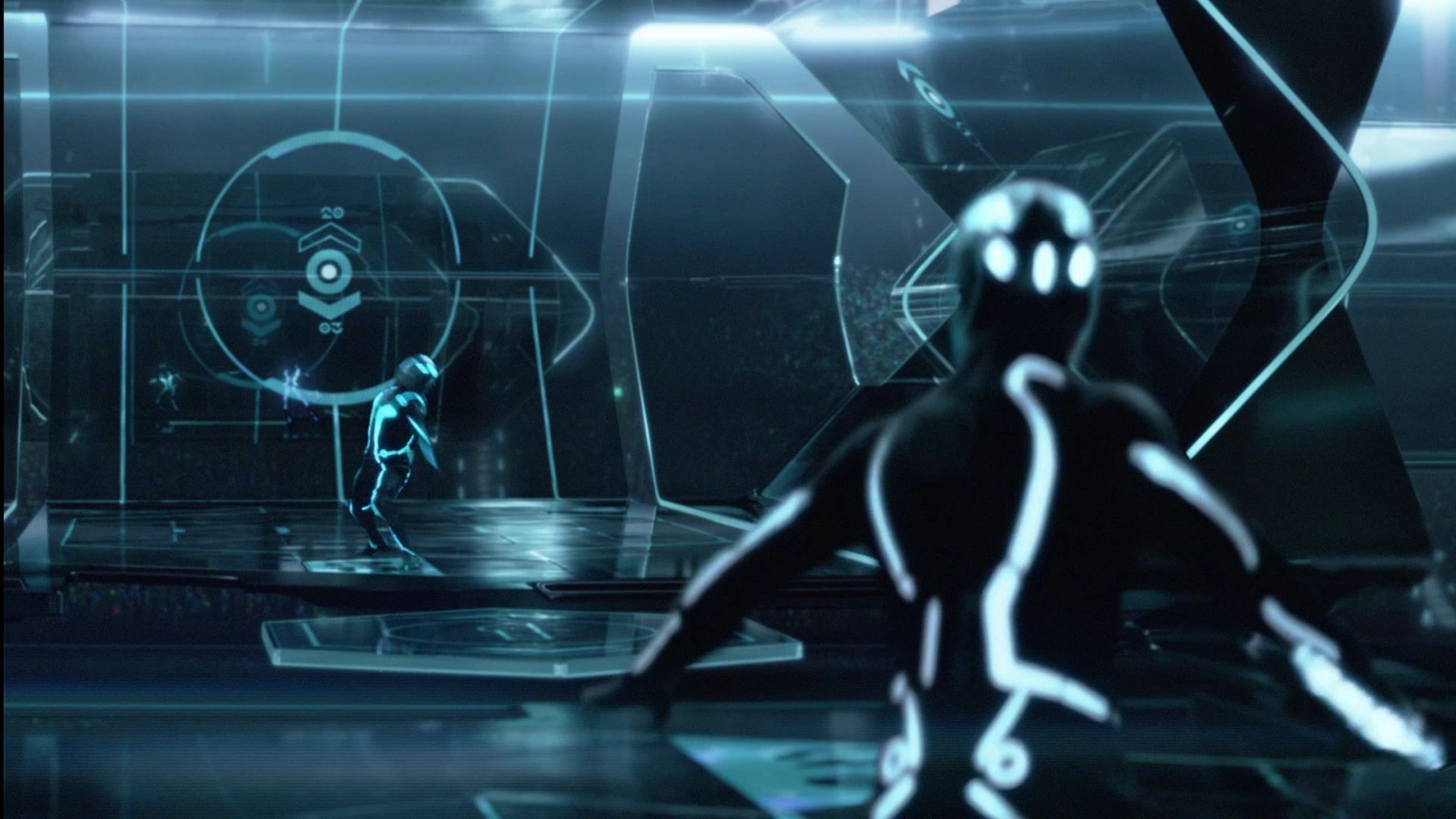
Kosinski showed off his abilities further by creating a short animation to preview his concept for the look of Tron: Legacy. This helped convince Disney to hire him as director, despite not having any experience on feature films. However, his eye for detail can be seen in all of his other films, specifically in the realm of special effects. Both Tron: Legacy and Oblivion are heavily dependent on computer-generated imagery, to the point where entire settings and sets were created digitally. While this wasn’t necessarily anything new in the realm of film, Kosinski’s first-hand experience in CGI provided a familiarity which few directors have. In many ways his films feel like a video game cutscene come to life.
For one, Kosinski approaches the film as director from a design perspective, rather than from an artistic one. This is helpful in those cases when he has to “build a film from scratch” using CGI. But more than just the use of CGI, it provides him with an eye for the aesthetic of the film, which I discuss more below. For example, Oblivion started as a graphic novel. Kosinski had started writing it and sketching it over the course of several years, and used that work in his pitch to the movie studio. The use of CGI to de-age a character was pioneered in Tron: Legacy, and although the result hasn’t held up as well as the rest of the film, it previewed a type of technique that has seen increased use since.
But more than just CGI, this experience of understanding the composition of a picture affords Kosinski’s films with a sense of realism beyond just the special effects. In Only the Brave he blends CGI with practical effects to show the nightmarish dangers firefighters face in first-person perspective. In Top: Gun Maverick he helped to develop a method to film the actors inside the cockpits of their jets as they were flying to give the film a more realistic feel. Furthermore, Kosinski’s films tend to be more utilitarian than ornate, despite his use of special effects. Part of this comes from the fact that he creates a sense of isolation (see below), but also from the fact that he isn’t just adding CGI as embellishment.
An Architect’s Eye
One of the reasons Kasinski’s use of CGI works well is because he approaches the construction of the picture from a design perspective. His experience in architecture provides him a firm foundation upon which he can “build” his films. In architecture a designer can use the physical constraints of a space (or lack of those) to create emotion. Same thing with colors, texture, and lighting. All of those things are important in film as well, and Kosinski recognizes this.
So, rather than “dressing” a scene, (starting with the focus on the characters and adding around them), Kosinski builds his setting and places the character inside. He uses a lot of lines to create framing, either natural like the horizon/trees, or fabricated like the walls of a room, and places his character inside that area. This is especially emphasized in Tron: Legacy where Kosinski has the opportunity to use light bars to mimic the electrical circuitry of a computer in his shots. In this way, the area in which a character exists might be as interesting to look at as the character him/herself.
His shots tend to be heavily geometric, and while not always symmetrical might feature some sort of symmetry. Consider the IMAX shots in Top Gun: Maverick where the camera is in the cockpit of the jet, centered, and looking at the pilot as well as the wings and tail of the vehicle behind them. In Only the Brave, he doesn’t always have man-made structures to utilize, and so he makes heavy use of trees, ground, rocks, and the placement of characters themselves. For example, the shot in the film where the firefighters take a picture when they are climbing on each other to form a pyramid.
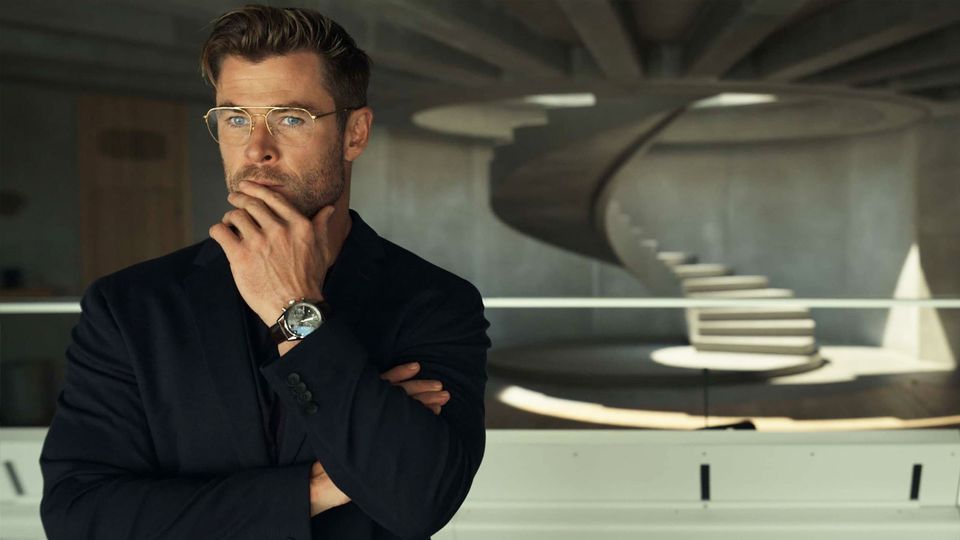
But more than just a tool to structure his shots, Kosinski’s experience with architecture extends to the actual architecture featured in his films. In Tron: Legacy, Oblivion, and Spiderhead his settings tend to have an ultra-modern, minimalist aesthetic. The houses, buildings, and bunkers, and even the vehicles the characters inhabit aren’t just run-of-the-mill structures; they are cutting-edge futuristic designs. Kosinski flexes his architectural prowess to create memorable sets which are almost as interesting as the characters themselves.
Living in Isolation
Kosinski’s films may be full of design elements, but they can also be very sparse. Clutter does not exist on screen, even in the most hectic moments. Instead, his films exist in areas of open space. Even indoors, the sets are clean and sparse. This helps to direct the audience’s attention to the characters and their actions. Despite having interesting settings, they are not distracting or take anything away from the narrative.
Kosinski accents this isolation with many visual tricks. Most apparent is the use of crisp cinematography. Carrying over his video-game type of aesthetic, his films look like they could be generated on the latest Unreal video game engine. That translates to lighting that may not be 100% natural, but provides a warm glow to the picture. Sharp cinematography also helps to make the backgrounds as clear as possible. In movies such as Oblivion, the audience can see far into the distance. This makes the characters feel smaller and more alone.
Another trick utilized by Kosinski to suggest isolation is the use of the wide-angle lens. The wide angle allows Kosinski to maintain the long lines of his framing (see above), but also shrinks the focus, which tends to be a character. Consider the shot in Tron: Legacy when Sam returns to Flynn’s abandoned arcade and sits outside on his motorcycle. The shot is at night and shows the streets on either side leading into darkness. Sam is this tiny figure cast against his father’s burdensome past. In some cases Kosinski uses a fisheye lens which effectively curves the setting around the viewer, enveloping them in the scene and pulling them into the film.
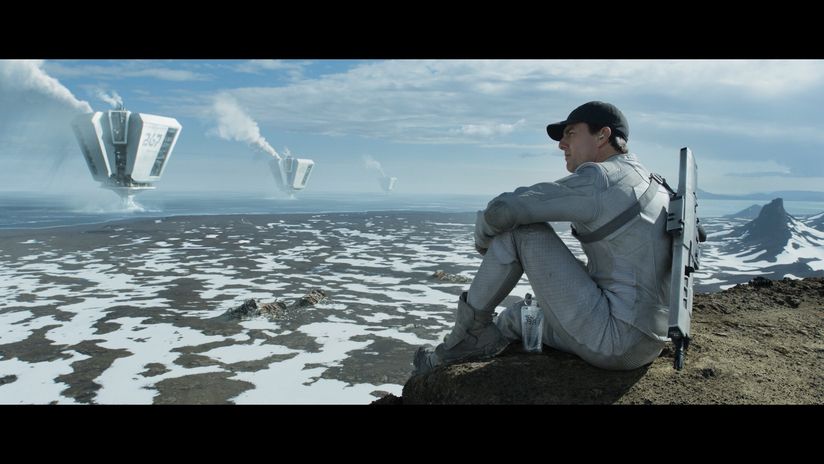
In terms of narrative, Kosinski’s antagonists are typically outcasts who are struggling against non-human or machine-like entities. In Tron: Legacy, the antagonist is a computer program trying to take over the world. Sam Flynn and his father Kevin are essentially pariahs after Kevin loses control over his software company when he becomes trapped in a program. In Oblivion, the antagonist is revealed as a non-human entity in the film’s final twist, and the protagonist is a clone who was manipulated to battle the actual human resistance. In Only the Brave, the main character is a drug addict who is trying to turn his life around by joining a crew of firefighters who don’t appreciate him because he is a liability.
Top Gun: Maverick is interesting because although there are actual human enemies, they are treated more like machines. The dangerous mission that Maverick must help train the pilots for includes automated missile defenses, but also enemy jets. The enemy remains faceless throughout, we never learn who they are or hear them speak. Likewise, Maverick himself is an outcast both socially and professionally. He can’t easily relate to the younger pilots he is training, and his career is on life support thanks to his rogue actions.
Spiderhead has a unique twist on the inhuman antagonist ploy. While this is really the only film in Kosinski’s catalog that settled upon a true primary human antagonist (Steve Abnesti), the perspective is not so straightforward. Consider the way Steve explains his actions to the protagonist by acting like he is only carrying out orders of a faceless committee. He creates the illusion that he is not actually in power for the purpose of maintaining his power. Similarly, much of what the protagonists struggle against through the course of the film is their own emotions about their past. They are essentially living inside their own minds, rather than being able to confide in anyone else. This compliments the film’s setting in which the characters are physically isolated from civilization by being held within the Spiderhead research facility.
Flying Around
While Kosinski’s expertise may lie within the realm of architecture, you can see his eye for design in many other aspects of the production design. In specific, vehicles play a large role in his films. While there are many boats and wheeled vehicles that are important components to the plots of his films, he seems to have a special affinity towards flying vehicles. Drones, helicopters, jets, and planes are heavily featured in Kosinski’s films. This is another element which adds to the “video game” approach he brings to feature films.
Kosinski’s films don’t just feature flying vehicles for the sake of looking cool in the background, generally they are pivotal to the plot. Characters tend to spend time inside them, and generally Kosinski’s films feature an action sequence which revolves around flying vehicles. In many ways the flying vehicles are associated with specific characters, and at times are a continuation of them as a person. Kosinski often goes out of his way to show off these flying vehicles in more detail than other directors would typically afford them.
In the case of Top Gun: Maverick, the entire film revolves around fighter jets. Tron: Legacy carries over the massive flying vehicles known as Recognizers from the original film, and also features a sequence where the characters are flying in jets. In Oblivion, the main character pilots a flying bubbleship, and his work is assisted/threatened by a series of hovering combat drones. In Only the Brave, there are plenty of helicopters and planes utilized in the course of trying to extinguish wildfires or for airlifting people to safety. Finally, in Spiderhead, Steve Abnesti travels to and from the research facility in a single engine seaplane.
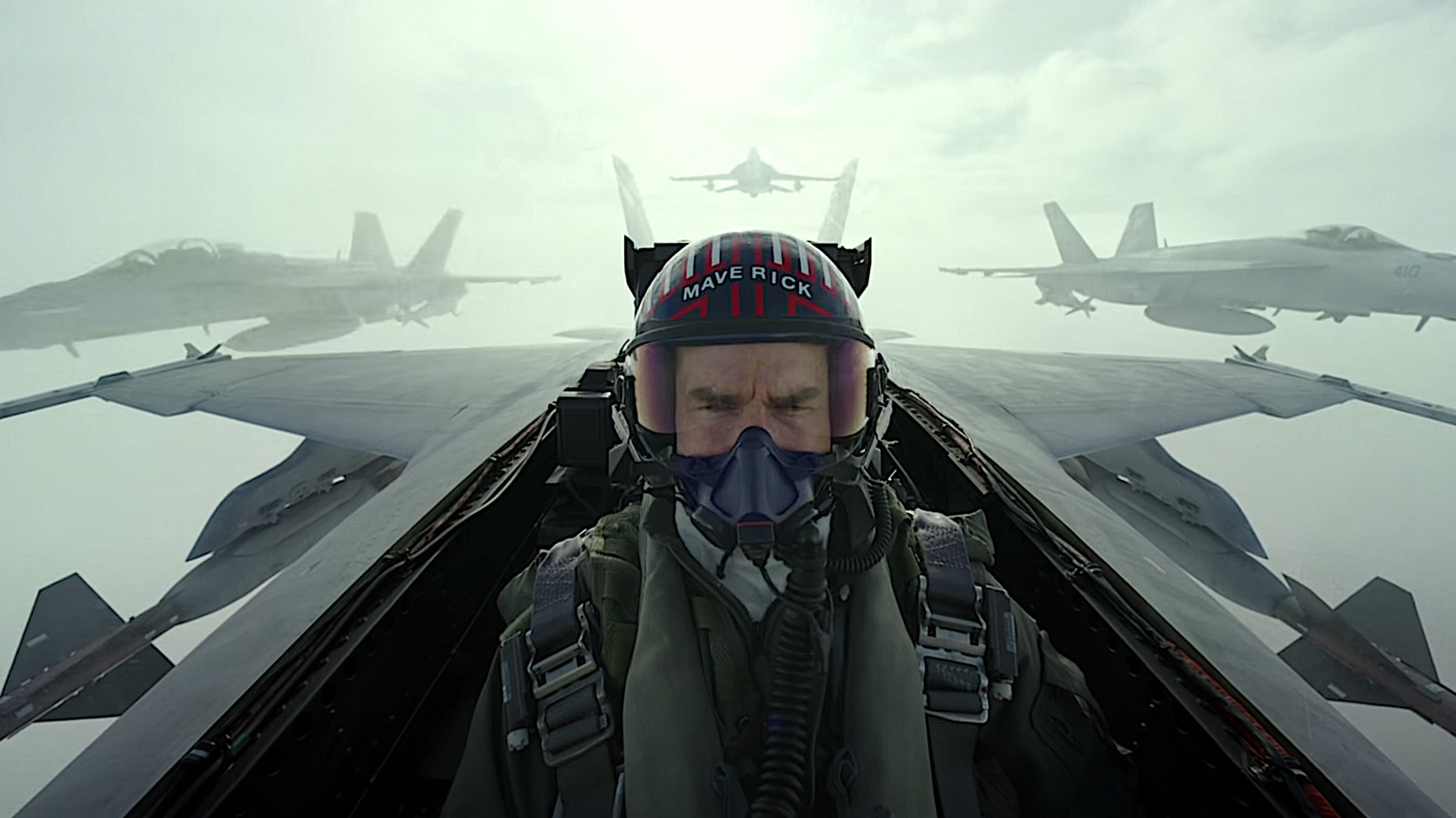
But more than just being featured on screen, flying vehicles are also utilized by Kosinki to actually make the film itself. Kosinski relies heavily on the use of drones and other flying vehicles to capture unique perspectives and provide memorable establishing shots. You’ll often find cameras gliding smoothly in vectors parallel to the ground. A trademark shot is when Kosinski glides the camera forward for an extended take, and then pans sharply to focus on something different.
The use of flying vehicles also allows Kosinski the opportunity to show off his special effects. In action sequences featuring flying vehicles, the camera is rarely stationary. It tends to be flying as well, and moves in a direction that is different from the path of the vehicle. This creates a sense of motion above and beyond the flying vehicle, and affords the film a dynamic smoothly-flowing quality. Kosinski also tends to drop his camera suddenly in these sequences, giving the audience a roller-coaster like perspective, which enhances the thrill of the chase.
Crank up the Music
Kosinski’s films aren’t just an assault on your eyeballs, the music of his films also makes a huge impact upon the viewing experience. Kosinski isn’t afraid to bring music to the forefront of his films, which can be a little distracting but provides them with another element through which to create a unique viewing experience. When he doesn’t use a traditional film score he relies on a curated soundtrack utilized in an atypical way, similar to the work of James Gunn and Quentin Tarantino. For films with a unique score he has often approached musical artists outside the industry.
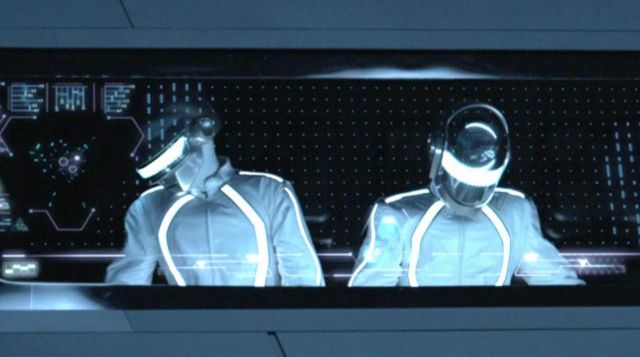
Kosinski is a self-proclaimed electronic music fan, and so it is fitting that he approached notable electronic music artists to create the scores for his first two films. Kosinski approached Daft Punk to create the soundtrack for Tron: Legacy, and actually found that the duo was very much a fan of the original Tron. Furthermore, the use of synthesizers in the soundtrack was meant as an homage to the film’s electronic setting. Daft Punk’s score was well received, and so Kosinski decided to take a similar approach with his next film, Oblivion. This was a film based on a graphic novel he had been writing for many years, and one of his notes from an early iteration mentioned the French electronic artist M83 as inspiration. Kosinski reached out and M83 would eventually agree to create a score for the film.
While Kosinski did not hire a music artist from outside the industry to create scores for his later films, he did work with several popular musicians to create original songs for his films. For Only the Brave, Dierks Bentley and Sean Carrey wrote and recorded a song. For Top Gun: Maverick, Lady Gaga provided an original song as well as contributed to the film’s score. For both Tron: Legacy and Oblivion Kosinski brought in producer/composer Joseph Trapanese to collaborate and assist the musical artists he had hired to create the film scores. Kosinski would have Trapanese provide the scores to all of his later films except for Top Gun: Maverick.
Want more Directors’ Trademarks?

